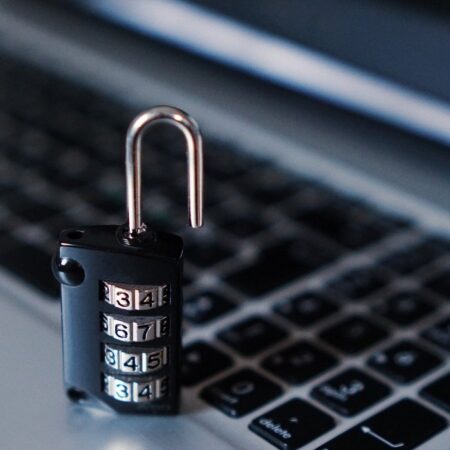Internet Security: How to Protect Your Website from Hackers

Don’t you believe your site is worth hacking? Yet, websites are constantly infiltrated. Most website security breaches don’t try to steal your data or disorder your website’s architecture, but rather utilize your server as an email relay for spam or to put up a temporary web server, usually to serve illicit content.
Automated scripts built to trawl the Internet to undertake known website protection defects in software are commonly used in hacking. Here are the top Internet safety guidelines to help keep you and your webpage safe.
1. Maintain Software Updates
It’s critical to keep all software up to date for your site’s safety. That applies to the server’s operating system and any software installed on your websites, such as a CMS or a forum. Once webpage protection defects are detected in software, hackers are fast to take advantage of them.
Operating systems and Internet-connected software (such as email applications, web browsers, and music players) on devices should be updated regularly. When a software update is available, your computer will usually alert you.
2. Use Strong Passwords and Multifactor Verification
If your phone is lost or stolen, a strong passcode may prevent a thief from accessing all the data contained on it. In the event of loss or theft, many smartphones also allow you to remotely delete the data from your computer. Passwords for software, social media, and other online services should be a variety of letters, numbers, and symbols.
Furthermore, use multifactor verification. When you enter your password for an email account, for instance, you are sent to a screen that requests a four-digit number. Your email provider will then send you a one-time, temporary code in the form of a text message or to another email account.
To access your account, you must enter the code, which expires after a short time. That means that even if hackers gain your password, they won’t be able to access your account unless they also have access to the verification code, providing another degree of security. Many email service providers, social media platforms, and financial institutions now make it simple for customers to enable multifactor authentication on their accounts.
3. Beware When Uploading Files
If you must accept file uploads, take the following precautions to ensure your safety:
- Make a whitelist of file extensions that are permitted. You keep dubious file types out by defining which sorts of files you’ll accept;
- Make use of file type verification. Hackers attempt to circumvent whitelist filtering by renaming documents with a different extension than the document type, or by appending dots or spaces to the filename;
- Set a file size limit. By rejecting any files larger than a specified size, you may avoid distributed denial of service (DDoS) assaults;
- Check files for malware. Check all files with antiviral software before opening them;
- When you upload files, they are automatically renamed. When hackers go seeking for their file, they won’t be able to re-access it if it has a changed name;
- Keep the upload folder separate from the webroot. This prevents hackers from accessing your website via the file they post.
These measures can eliminate the majority of the risks associated with permitting file submissions to your website.
4. Don’t Open Dubious Email Attachments

Install a network firewall to monitor incoming and outgoing network traffic and detect new dangers to your business’s infrastructure. As a general guideline, never open attachments unless you are assured of their origin.
Hackers may send emails with attachments that appear to be normal but contain viruses and malware. These files even include common extensions like.docx, .pdf, and.exe. The virus infiltrates and infects the whole network, even if just one employee opens the associated files. As a result, well-thought-out security rules must be adopted throughout your organization.
5. Use Only HTTP’s
As an active user, you may already be aware that whenever you input sensitive information to a website, you should look for the green lock picture and HTTPS in your browser bar. Those five letters are significant hacker security shorthand: they indicate that it’s safe to transmit financial information on that specific webpage.
Don’t Let Hacker Take Control over Your Website
While you can’t stop a capable and resourceful hacker from assaulting your website, chances are it’s only one among millions they may target. If you make it tough for hackers to break your website, they may opt to go on. They’ll take the way with the least amount of opposition. By taking the steps outlined above, you reduce the likelihood that the journey will lead to your website and your money.



